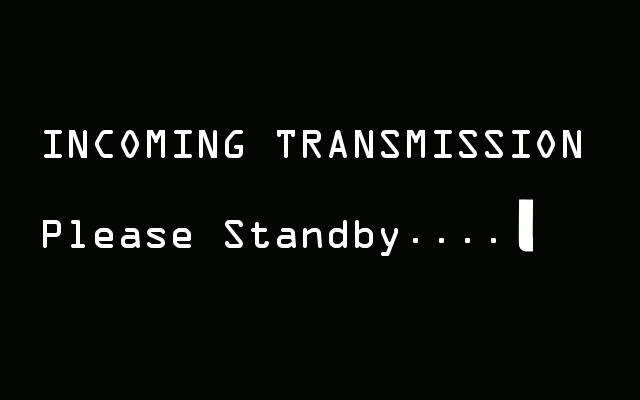Cypher Cylinder, US, late 1700s/early 1800s
Age is just a number. I may be the oldest true cipher device in the world—200 years give-or-take—so don’t expect me to remember everything. I’m very similar to a ‘wheel cypher’ Thomas Jefferson designed in the 1800s.





















